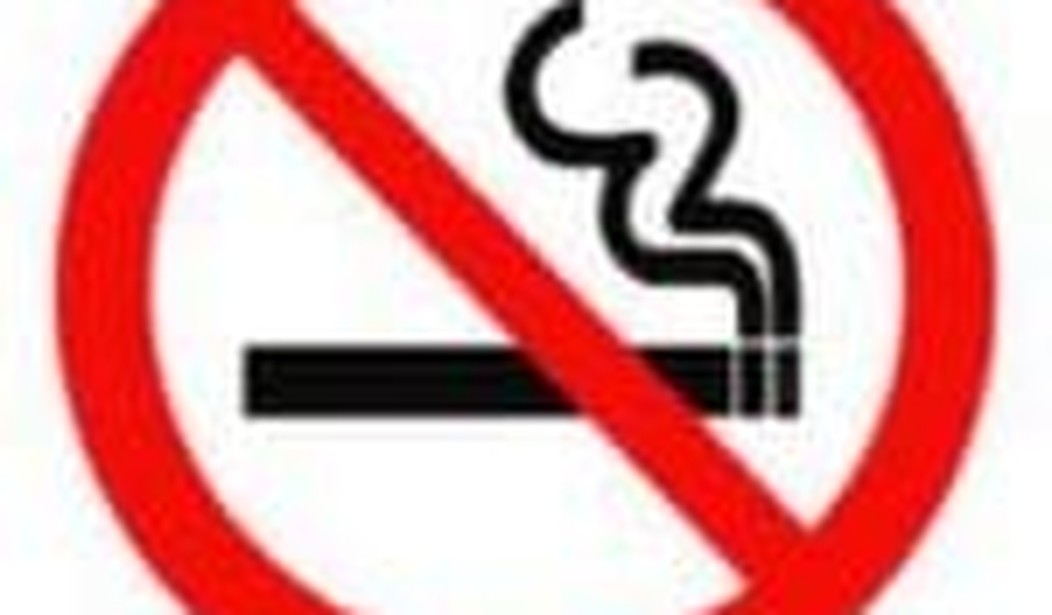Despite the rapid decline in prevalence of smoking in the general population, it remains the most important cause of preventable death in the western world. But is smoking itself preventable by therapeutic intervention? Indeed, is smoking a disease that doctors could or should prevent and treat? If you accept the National Institute of Health’s definition of addiction as a chronic, relapsing brain disease, the answer is yes. But the NIH’s philosophy is dubious, to say the last.
All round the world, telephone help-lines have been established to assist smokers to abandon the habit. But do they do any good, other than provide a certain amount of employment to those who man them (not to be underestimated in these hard economic times)?
A paper in the British Medical Journal for April 28 suggests an answer, and there are no prizes for guessing what it is. The answer, in a word, is no.
The authors of the paper wanted to see whether more intensive and “proactive” advice (we’ll call you regularly, to chivvy you along), with or without the offer of free nicotine patches, would improve the rate of smoking cessation as compared with “standard support and advice.”
Interestingly, of the first 75,272 callers to the help line after the researchers started to recruit their subjects, only 5355 (7 percent) were even willing to state a date by which they intended to quit or try to quit. And of those, only 2,591 were eligible and willing to take part in the trial. Bear in mind that those who called the help line in the first place were not necessarily representative of smokers as a whole.
The trial subjects were divided into four groups, those who had standard support and advice, those who had standard support and advice plus the offer of free nicotine patches, those who were given enhanced telephone support, and those who were given enhanced telephone support plus the offer of free nicotine patches. Seventy percent of those who offered free nicotine patches took the offer up.
The results were not encouraging.
The rates of cessation were very low at six months. They were slightly (though not significantly lower) in those offered enhanced support by comparison with standard support, and those offered nicotine patches were lower still. Moreover, the rates of cessation were half of the self-reported rate when measured objectively by the level of exhaled carbon monoxide — in other words, about half those who self-reported cessation were not telling the truth.
Overall, about 8 percent of the people enrolled in the trial had quit smoking at six months, 6.6 percent of those offered patches, and 9.4 percent not offered patches. When one considers that only 3.44 percent of people who called the help line were willing even to enter the trial, this is not impressive: not more than 0.28 percent of the people who first called.
Personally I do not find this in the least surprising. It is mistaken to treat a voluntary behavior as if it were a disease, and then try to “treat” it. The editorial that accompanied the research paper, written by an Australian professor of public health and a director of a center for “behavioral research, was rather saddened by the result. “Although motivation to quit by itself is often insufficient too, most ex-smokers finally seem to quit without professional or pharmaceutical assistance.”
In other words, people who say they want to quit don’t always mean it; but millions have meant it, and have succeeded, no thanks to doctors. And those doctors who simply told their patients to “pull yourself together” were actually right by comparison with those who held that addiction to smoking was a chronic relapsing brain disease. They had a much more sophisticated grasp of the human condition.









Join the conversation as a VIP Member